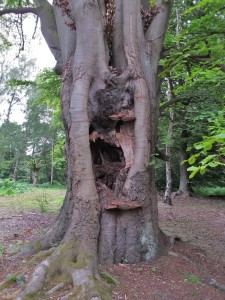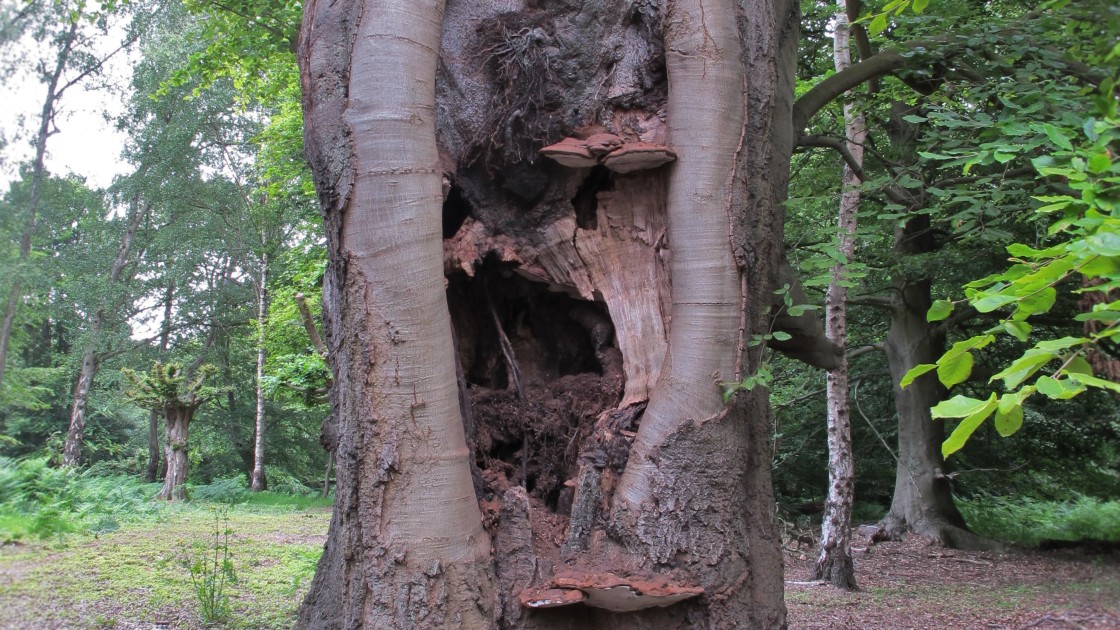
We are now well into mushroom season. These, and other fungal fruiting structures, are often described as like apples on a tree. This analogy is due to the fact that mushrooms bear the reproductive propagules that are subsequently dispersed through the local environment and sometimes farther afield. But unlike apples, mushrooms do not contain seed. Fungi produce spores that are usually less than 0.01 millimetres in size; even the smallest known plant seeds are considerably larger. For some fungi, production of a mushroom or fruit body is essential for dispersal to a new resource. For certain species, fruit body production is a relatively rare occurrence, and so these structures are crucial for the persistence of a species.
At Cardiff University, we study the ecology of wood decaying fungi. One of the questions we are interested in is how and when do different fungi arrive at a woody resource. These resources can be of all sizes and qualities, though we usually think of fine twigs, dead branches or mossy logs lying on the ground. Decay, however, actually begins in the standing tree, in dead or dysfunctional wood, often in the central tissues or heartwood. We have previously shown that DNA of twelve species of fungi can be found in functional, living wood sampled from branches of a range of tree species. Of the small suite of fungi looked for, many were found in most trees tested. Wood can contain potentially many fungi, existing as spores, lying in wait for an opportunity to develop and start the decay process. This month, we are starting to extract DNA from sawdust removed from the sapwood and heartwood of living beech trees. We now have the capability to sequence, quite comprehensively, the whole suite of fungal DNA in a sample. Rather than looking for target species, we can cast a wide net and look at everything present. This is not merely a fishing trip; as the human microbiome project has shifted perceptions of our bodies as isolated units, so must we start to view trees as a plant plus microorganisms. A potentially vast array of microorganisms likely play roles in metabolism, defence, as well as in the origins of decay.
Preliminary studies have not been without issues, and method development has been a major component of our work so far. Extracting relatively low amounts of fungal DNA from living tree tissues is not easy, as the large amount of host (tree) DNA tends to mask these latent fungi from us. However, with collaborators at the US Forest Service who are following similar lines of enquiry, we hope to get around this. Nonetheless, enquires so far have suggested a strong site effect on communities, meaning that latent fungi are not the same wherever you look. This questions the common assumption that fungal spores are simply everywhere. Like those of plants and animals, fungal communities in a given place can also be species poor if the surrounding landscape is likewise impoverished.
